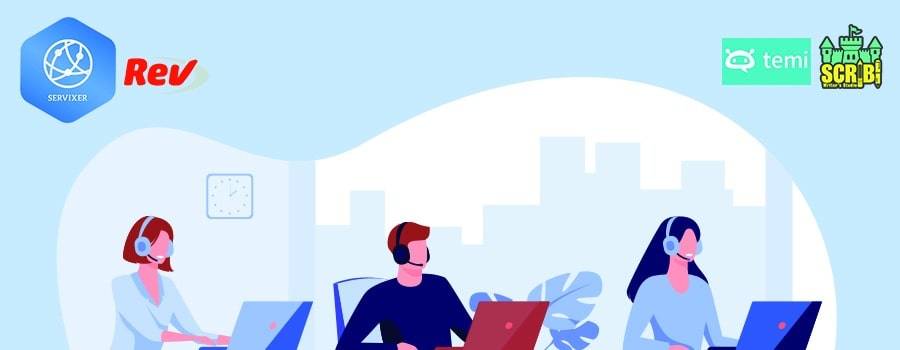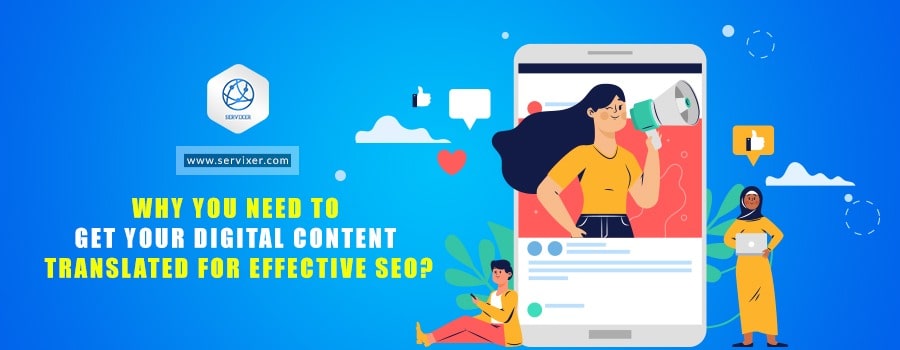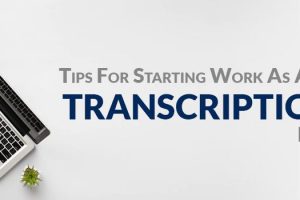Are you a translator looking to get hired in a translation agency and are wondering about the challenges would have to face in the profession?
The industry of translation faces many challenges just like any other industry out there. They can be faced by the translators as well as the client. Some of these challenges may be considered structural problems that pose to be a challenge for translation itself.
The process of translation is incomplete if these problems aren’t dealt with in the right manner so that the intended meaning of the text can be preserved.
This is the reason why professional translation companies have a staff of experienced and trained translators.
In this blog, we will be discussing some of the common problems that translators encounter and how they can be overcome.
-
Language Structure
You cannot qualify as a professional translator just because you are bilingual.
This profession demands more than that. It’s about understanding the cultural aspects of the source and target languages.
Different languages have different aspects related to them. For instance, in English, verbs come after subjects and before objects. This aspect is not as straightforward as that it is in other languages. Let’s take Arabic as an example which is very different in terms of structural and semantic rules.
The only way of overcoming language structure challenges is by having a genuine grasp of the grammatical differences of both languages. With such knowledge, you can alter and rearrange words and phrases to capture the intended meaning in the target language.
Quality Transcription Service is within your budget now as Servixer is excited to offer this with unmatched affordability.
-
Homonyms and Homophones
English and the Romance languages have many words with multiple meanings.
Homonyms are words that are spelled and pronounced the same way but mean different things, depending on the context. For instance, the word, date, could mean a particular day, a fruit, or a meeting with someone you love.
Then there are homophones, these words are pronounced the same but have different spellings and meanings.
For example, words such as bye/by/buy, or show/shore, although spelled differently are pronounced the same way.
Most languages have multiple words with different meanings as well as heteronyms. Knowing when to use the correct homonyms when translating content can prove to be a challenge. To overcome this problem, the translator must be well-versed in the vocabulary of both languages. This may require the translator to commit to learning the two languages extensively.
-
Semantic Problems
In translation, semantics is a tough challenge to handle.
Semantics relates to terminologies, meanings, contextual synonyms, and antonyms.
If you get the semantics wrong, The entire message of the sentence will be messed up.
To solve translation semantic problems, you can consult language experts or various language dictionaries.
-
Idioms and Cultural Differences
Every language has specific idioms and other linguistic expressions tied explicitly to its culture. These expressions are essential but also challenging to translate if there are cultural differences between the source and target languages.
Some expressions have different literal and actual meanings.
For instance, the phrase “beat around the bush” cannot be taken literally or it won’t make much sense.
As a translator, you have to understand the correct meanings behind expressions found in the source language, and then look for their alternatives in the target language.
-
Terms with No Alternatives in the Target Language
Another challenge that translators encounter is the lack of corresponding words in the target language.
Every language has some words that are exceptionally difficult to translate. The reason for this is that they may not have equivalent words in other languages, they have multiple meanings, or they describe minute thoughts and sensations.
In English, some of the words that tend to challenge translators include procrastinate, multitask, and jinx. Some Semitic languages, such as Arabic and Persian are even more complex and rich in homonyms that make the translation a nightmare.
If you are offering document translation services or you wish to work with or you want to work with translation agencies, you need to be ready to tackle these challenges.
In this blog, we explained five of the most common challenges you will encounter one time or the other. However, if you have knowledge, experience, and passion for both your source and target languages, you should be able to translate content accurately from a source language to a target language.
Consider Servixer as your next translation agency. Servixer is a rapidly growing, multiple services providers based in the U.S. We take pride in our quality and work ethic. And we would love to have you on our team!








Leave a Reply
Your email is safe with us.
You must be logged in to post a comment.